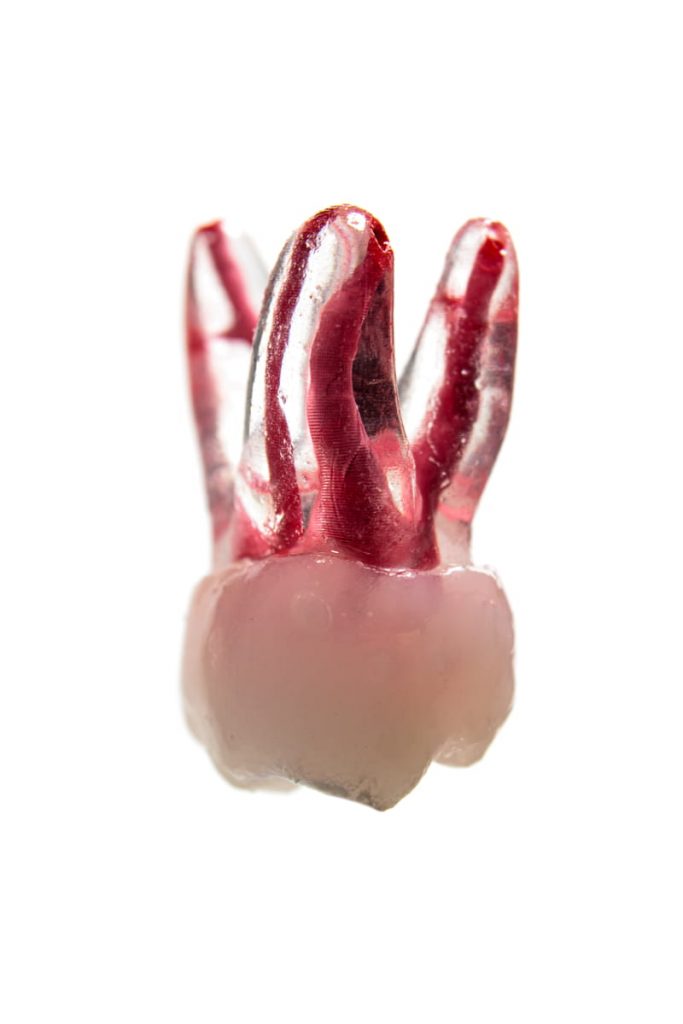INTRODUCTION
Nowadays, there is a latent need among consumers to find esthetic perfection, and what is more visual than the smile? That is why dentists are looking for new techniques every day to act on the dental pieces to try to maintain the patient’s natural dentition and not to remove them.
In order to carry out these techniques, the starting point is the training given at universities and the quality of the material used for this purpose.
What are endodontic training teeth?
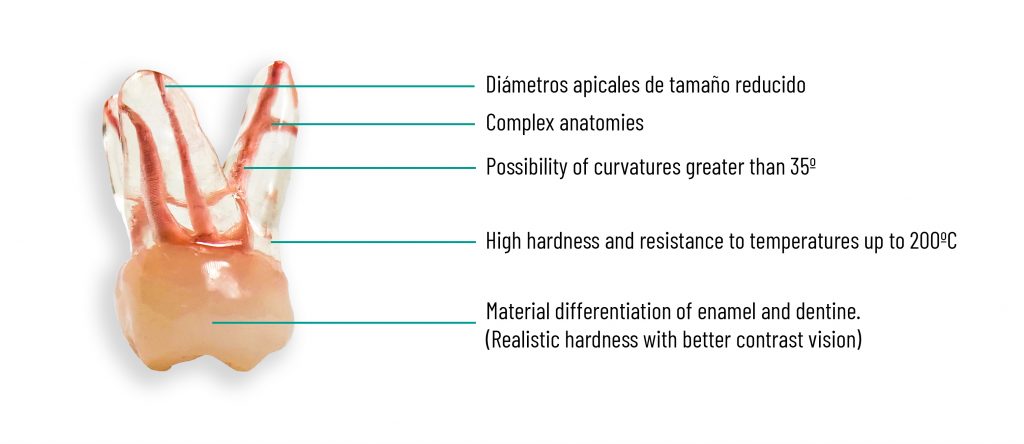
The teeth for endodontic training are pieces manufactured by 3D printing that reflect the anatomies or pathologies of a patient, facilitating practice for learning as close as possible to reality. They reproduce exactly and at real scale the mandibular or maxillary bone structure of the human being.
What are dental replicas used for?
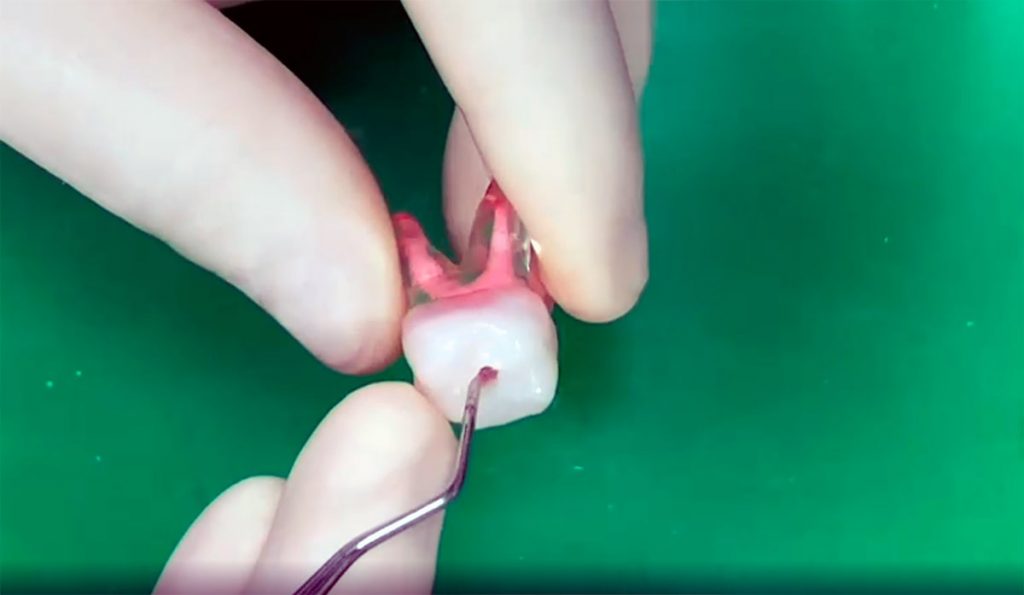
The use of dental replicas is aimed at facilitating the training of students at any level of study (undergraduate, postgraduate, master’s degree, etc.). Therefore, the use of 3D printing for the manufacture of dental replicas is one of the most useful tools that allows the application of the concepts and theoretical foundations studied, testing the knowledge acquired throughout the learning period.
They are manufactured using resin 3D printers, technologies such as SLA, DLP or Polyjet.
How practice teeth help endodontic students
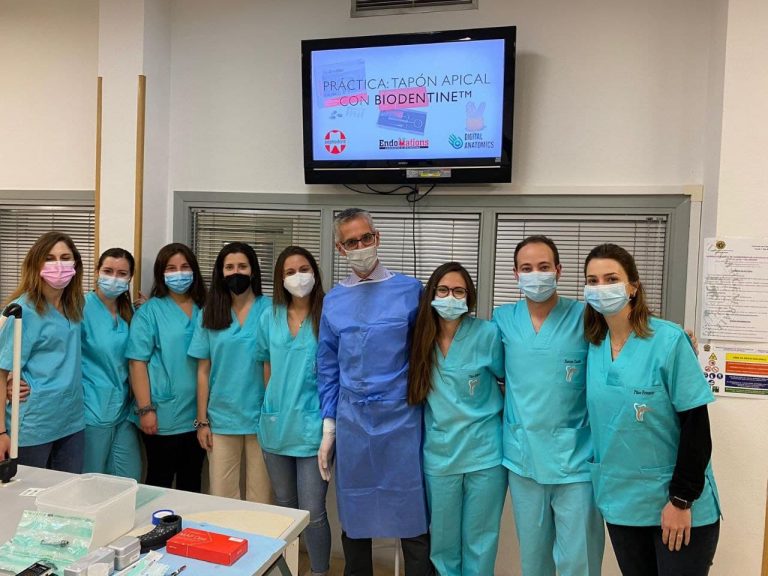
Thanks to the practice teeth, the training perceived in the universities will be directly translated into the clinics, as the training received will be similar to reality. In addition, it will be possible to work with models of certain pathologies in both adults and children.
This will make it easier for companies to hire trained personnel with the necessary knowledge to enter the labor market. On the other hand, it will also mean a real challenge for the new endodontist when it comes to knowing which diagnosis is the most appropriate for each patient, how to work with the affected tooth, as well as knowing how to use each working tool and, above all, having the confidence and security when it comes to intervening.
How many models of dental replicas are there?

There are an infinite number of dental models, of all different types, incisors, canines, premolars and molars, both upper and lower jaw. Mainly we find anatomical teeth, but in the Digital Anatomics catalog we can also find dental replicas that represent a great variety of dental pathologies.
The purpose of the practice teeth is to emulate as accurately as possible each tooth of each dental family, thus offering each student the possibility of training to be able to face any challenge when it comes to an intervention.
How much do endodontic training teeth cost?

When it comes to the price of teeth for training, there is a certain range of prices on the market. At Digital Anatomics, we have a single price of 10€/piece, regardless of the model in question, while the industry average is around 11.5€, which can vary depending on the model and the complexity of its manufacture.
Our main customers are universities such as Universidad CEU San Pablo, Universitat Internacional de Catalunya, Universitat de Barcelona, Fundación Clínica Universitaria URJC, Academia de Formación Continua y Odontología, Universidad Europea de Madrid and University of Edinburgh.
Regarding the manufacturing process followed by the company, we manufacture root and crown by combining different resins in order to achieve the most appropriate mechanical properties in each area. The engineering capacity used for the creation of dental replicas has facilitated the use of these processes, creating harder and more resistant materials that withstand temperatures above 200° required for obturation.
For its part, the material that simulates pulp tissue is easily soluble in alcohol or hypochlorite without having a waxy texture, similar to the reality when instrumentation is performed, compared to other competing models.
Digital Anatomics and Endodontic Training
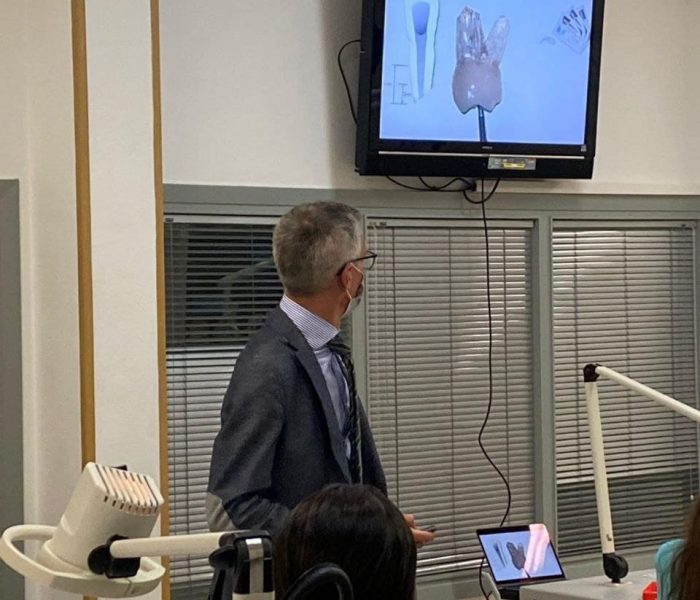
To meet the current demand, there are three different ranges:
B: Basic, which would cover those teeth with their natural anatomy.
A: Advanced, those with pathology (internal resorption, calcified canals, open or immature apices, external resorption, invaginated teeth, furcation perforation, S-shaped root).
Pediatric dentistry: Where primary teeth are included in anatomical version or with different degrees of resorption.
For more complex cases, an indicated CBCT is performed. Therefore, the use of X-rays provides the same information in the case of a natural dentition as in a practice dentition. In addition to the standard biomodels for endodontic training, we have other products already available on the market, such as typodonts or endodontic blocks. Some examples are:
3D ROOTS JIG: It allows to replace the typical endodontic blocks to simulate instrumentation and obturation. The canal anatomy is more realistic, and new anatomies can be obtained respecting the conicity of the canals. The system of interchangeable “bi-sectioned” cards makes it possible to evaluate the treatment result and reduce costs.
3D ROOTS SIM-X: The first dental dentist’s dental radiographic system focused exclusively on the performance of dental radiology practices allows the attachment of phosphor plates to the gingiva for dental radiographs or CBCT. It is compatible with standard phantoms and manikins, as well as with our 3D ROOTS TOOTH dental models.
3D ROOTS SIM-A: This new, soon-to-be-available typodont is the ultimate endodontic training solution. It will have a rigid fixation for dental replicas, which can be replaced once the treatment has been carried out even by their pathological versions of the Advanced range without having to purchase another typodont. It allows the localization of apices by conductimetry, the taking of X-rays and is also adaptable to standard phantoms.
Digital Anatomics is a young company focused on offering technological solutions to the health sector, apart from its dental division it has a hospital line, where we also commercialize customized biomodels for surgical planning and customized surgical guides for the realization of osteotomies.


